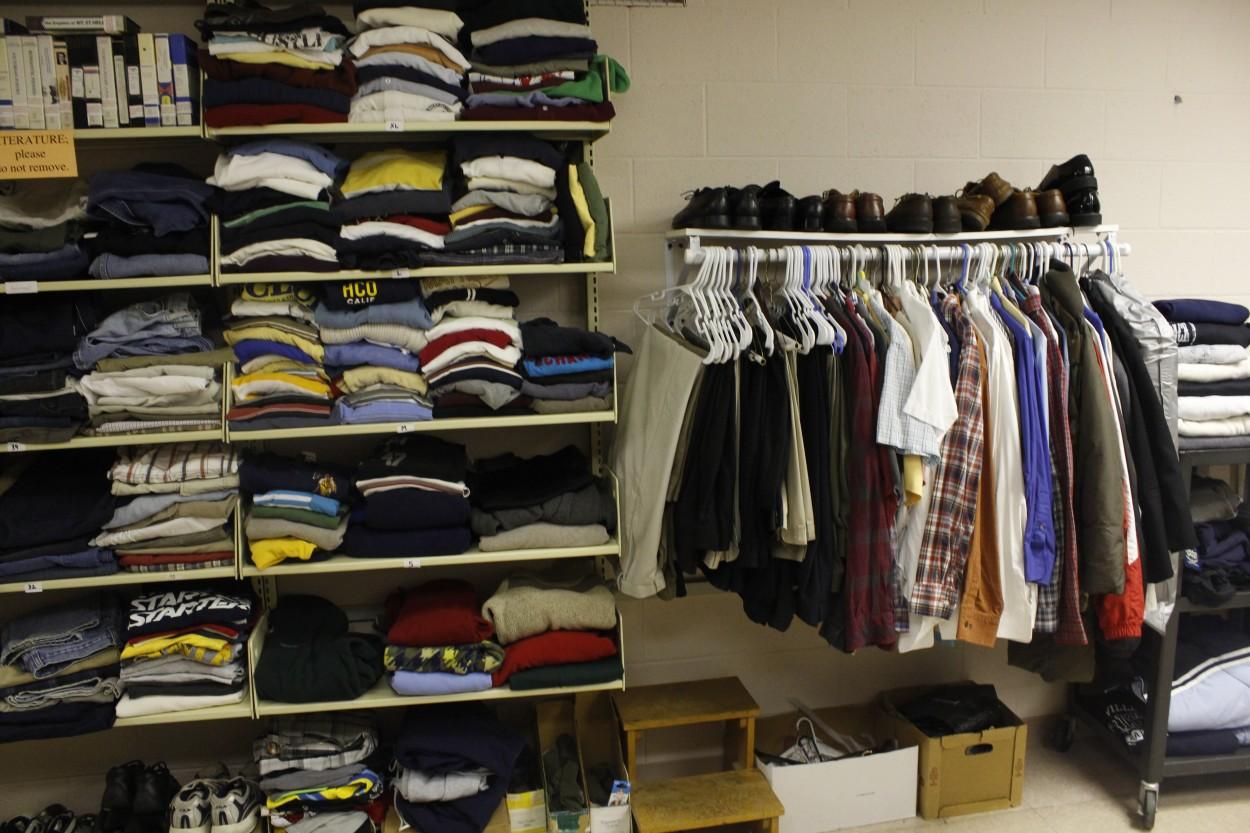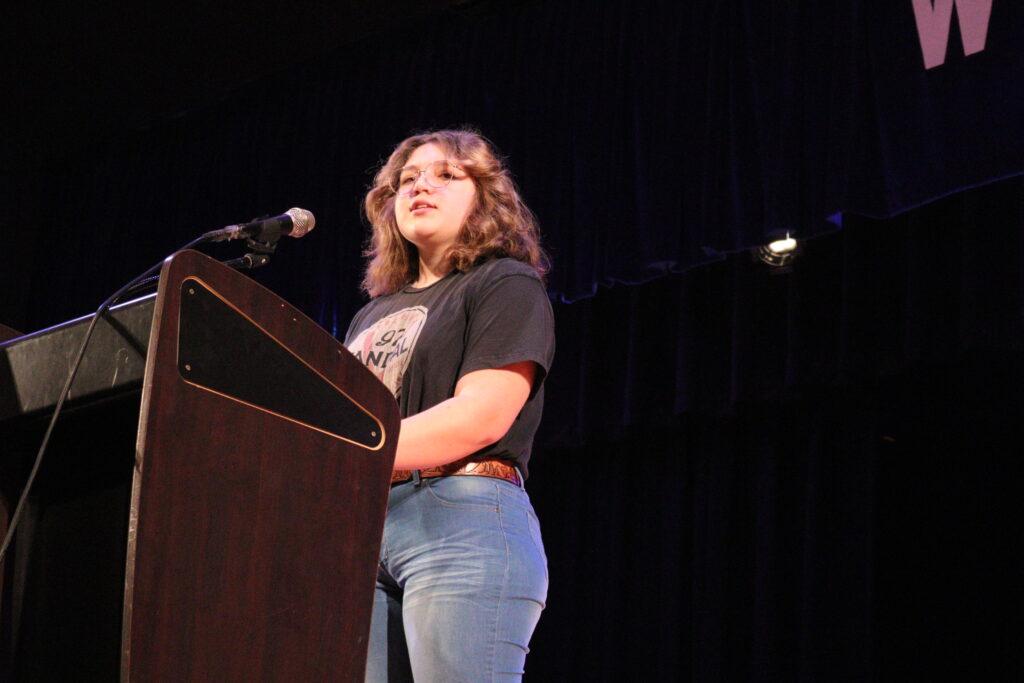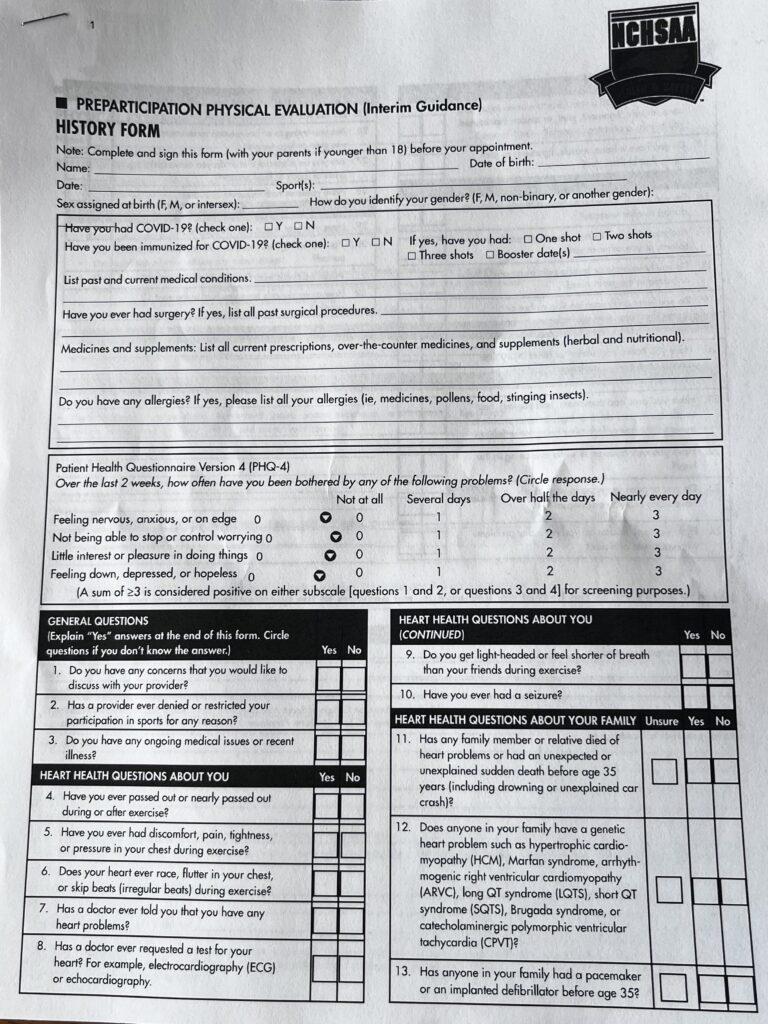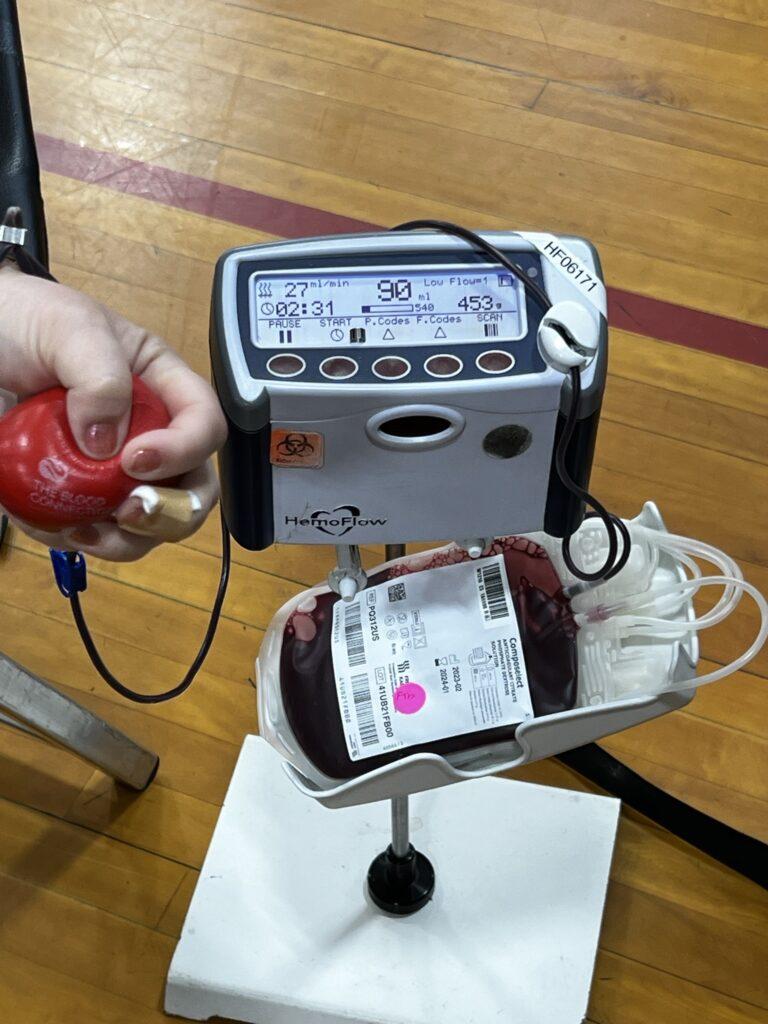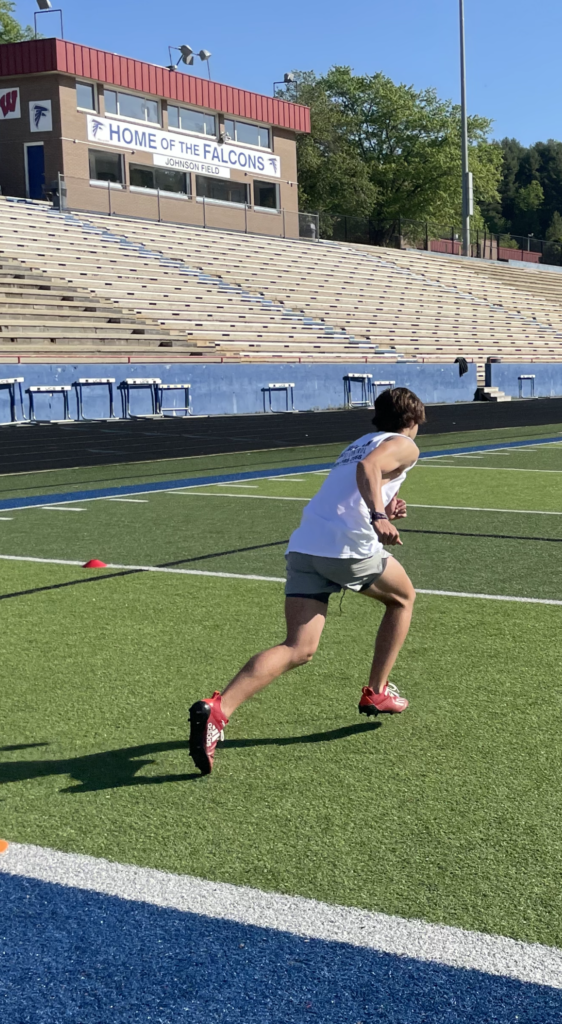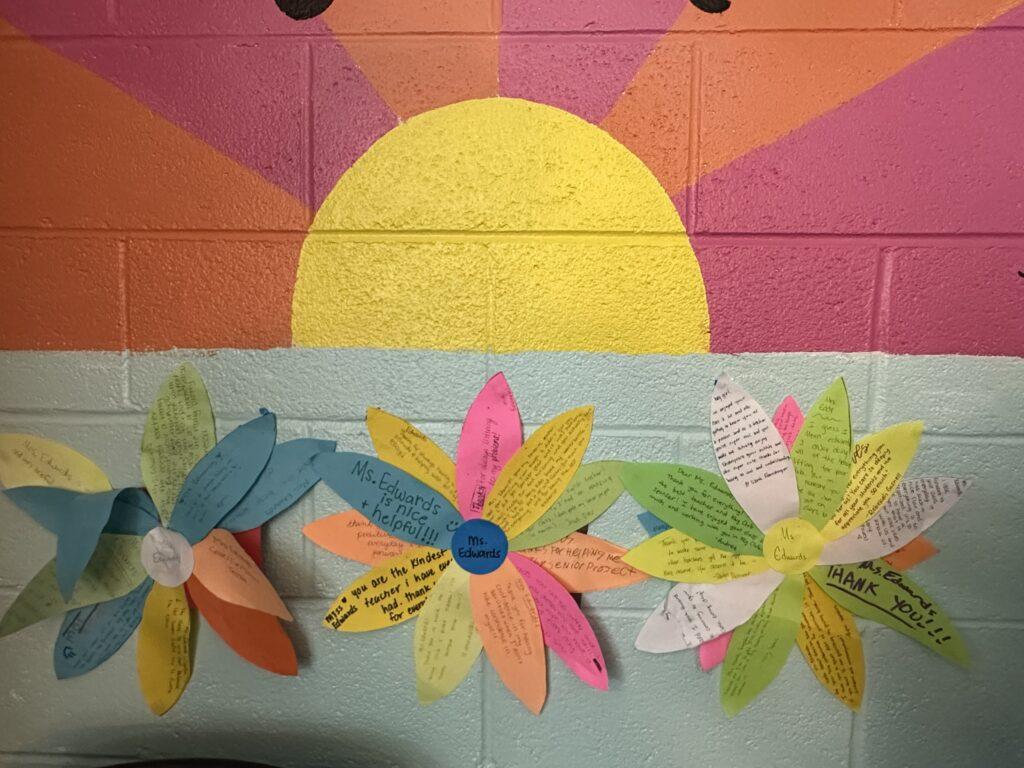A family of 10 lives in a single-wide trailer. Their neighborhood is unsafe, and at any minute of any day the family’s water and electricity could be shut off for months of missed payments. Trash bags cover broken glass windows, and sometimes there is no food for their table.
Although this specific circumstance is fictional, situations like this are not uncommon in Henderson County for a growing number of students.
“Homelessness has a variety of meanings. It could be sub-standard housing. It could be families that are doubled up because of economic hardship or domestic violence,” Frank Edney, administrator of homeless education for the Henderson County Public Schools, said. “It could be those individuals that go to MainStay (a domestic abuse shelter) or a rescue mission.”
According to Edney, there were 225 students attending public schools in Henderson County that are identified as homeless during the first semester.
“A lot of times in high school families and teenagers have conflicts and the parents abandon them. They could be ‘couch-surfing’ as we call it, and even though they have a roof over their heads, they don’t know where they are going to sleep from one week to the next,” Edney said. “If it falls out of having a regular, adequate, fixed-environment house then they can be classified as homeless.”
One senior currently attending a Henderson County high school understands the challenge of being a homeless student because of experiences she has recently had.
“Homelessness for me meant I was not allowed to come to what I knew as home for about three months because of my family’s predicament,” she said. “Luckily, I had friends who were willing to take me in. I wanted to get on as normal a routine as possible during my adjustment. The biggest challenge for me was to remain as ‘normal’ as possible. I knew I didn’t want my situation to affect my grades or my extracurricular activities. Going through trying times can really test your faith. I felt almost helpless in the situation. It was reassuring that the school system and my teachers had my back.”
In 1987 the Congress passed the McKinney-Vento Homeless Education Assistance Act, providing funding for states to ensure that homeless youth are able to attend school and given the same rights as non-homeless students. Schools are required by law to enroll and transport homeless students to their school of origin. The act was reauthorized in January of 2002.
The HELP program was created to implement the act. HELP works with homeless students to make sure that they have the opportunity to be successful academically and stay in school.
“It’s a very important program in Henderson County because of those needy, at risk kids that we work with and deal with and try to help them stay successful in school,” Edney said. “It’s a federal program for those students to make sure they have a right to a free public education and not to deprive them of those rights.”
According to Edney, the most important resources that HELP provides homeless students with are transportation to their school of origin and free lunch. The funding provided for the program does not allow administrators to buy clothes or other necessities for students.
Junior counselor, Lea Putnam, works directly with the 20-25 students at West that are homeless. The counseling office has a closet that they keep stocked with food, toiletries and clothing. If the school ever runs out of any supplies or have a specific item that they need like a mattress, HELP can be of great assistance.
“Thankfully Henderson County has a lot of great resources,” Putnam said. “We have a small community but we have a lot of non-profit organizations that really step up and want to help.”
Homeless students struggle different and more unique challenges than many other students. These challenges can affect their relationships, academics, social life and health.
“Academically they (homeless students) struggle because of not knowing if they have a roof over their head, not knowing what mom or dad is doing, not knowing where they are going to sleep or where their next meal is coming from,” Edney said.
“Academics are not necessarily their priority. We have such a great group of teachers that understand those things and will work with those students. Those teachers reach out and become their support systems.”
Putnam and Edney are both deeply affected by the students they work with. They feel that one of the hardest things about working with these kids is knowing that they can’t magically fix the situation and make it go away.
“From being a former principal and talking the game to actually seeing the game, it has opened my heart up as an individual,” Edney said. “It makes me admire the students and what they go through and how successful they are. It makes you want to work hard to find resources for these families, and it has changed me as a person.”
The HELP program’s goal is to identify as many students as possible who are struggling and to make sure they are successful. Edney is working on a communication piece to make known the situation and educate others on how they can contribute.
“I hope that the students in school will keep reminding us adults about the importance of individuals,” Edney said. “You teenagers realize that it’s important to build positive relationships and keep the human element of the student.”
By Kendall Owens

